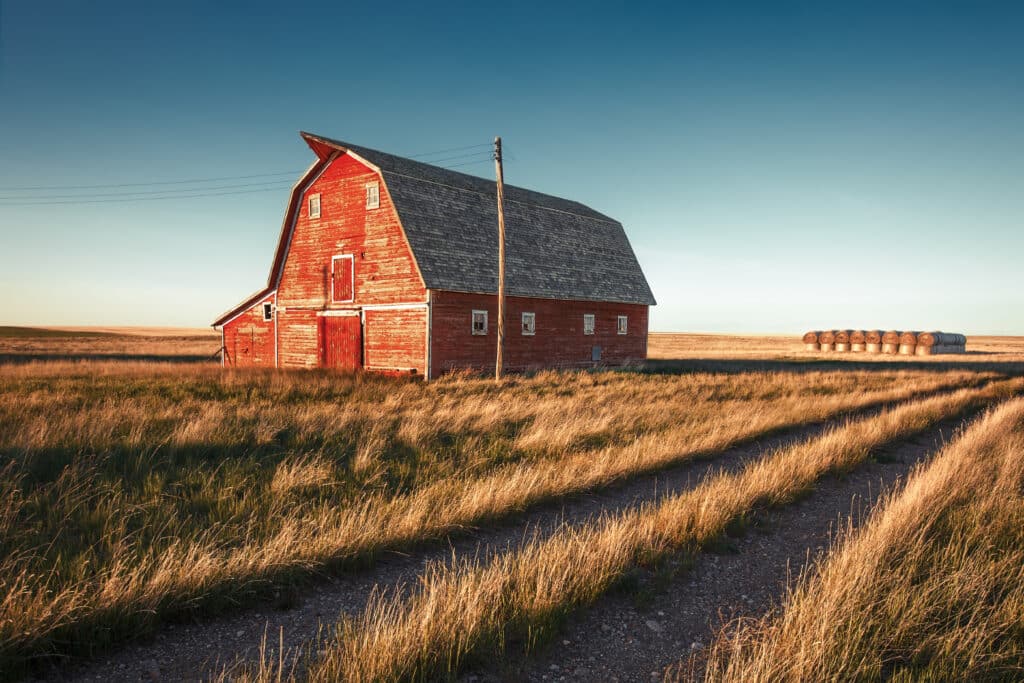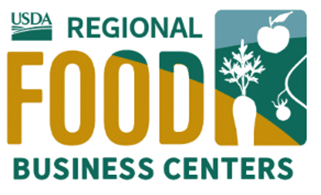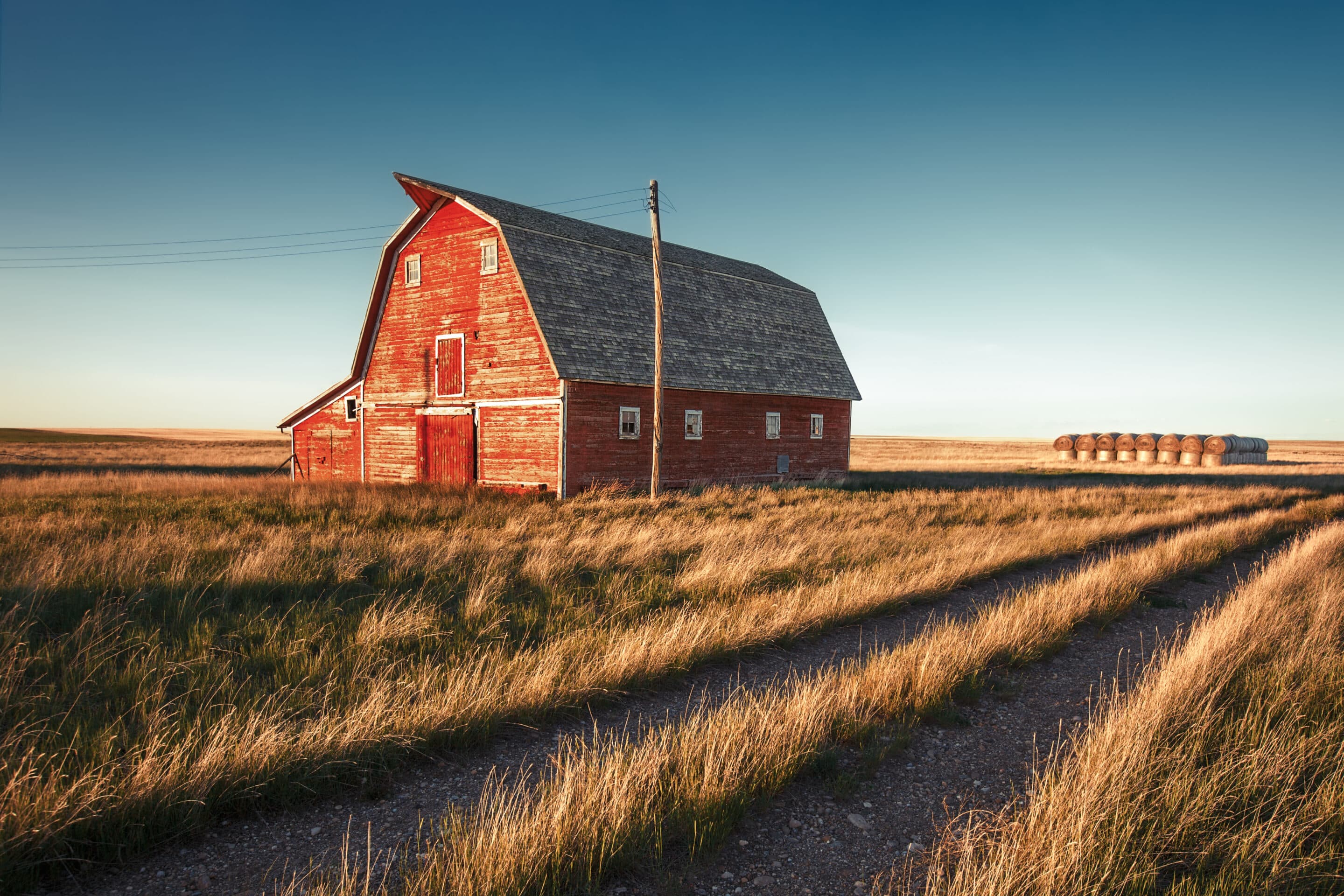The Alliance to Get 33% Montana-Grown Food on All Montana Plates by 2033
This is the guiding question for a collection of food system stakeholders in Montana who are motivated to increase the state’s food system’s resilience and self-reliance.
On a windy day in early December 2023, 37 individuals from around the state gathered for the second time to explore the question, “What would it take to get 33% Montana-grown food on all Montana plates by 2033?”
Like the first, this meeting was particularly remarkable because the attendees came from 31 separate enterprises, representing Tribal Nations, trade organizations, food and farm businesses, human health organizations, philanthropic changemakers, the Department of Agriculture, Montana’s Office of Public Instruction, economic development centers, Montana Food and Agriculture Development Centers, institutions of higher education and research centers, and a wide range of nonprofits.
Before the COVID-19 pandemic disrupted Montana’s food access, it’s unclear whether these groups would have seen a need to come together. Many work within separate spheres of influence and are unintentionally siloed in their efforts. COVID changed that.
Why was the pandemic so disruptive to Montana’s food access? Montana only produces 3% of the food its citizens eat today; in 1950, that number was 70%. That means Montana relies on a global supply chain for 97% of the food it eats. When COVID disrupted that supply chain, most towns in Montana lost reliable access to food, and many of Montana’s rural communities simply did not get food. In contrast, many Montana producers had food they couldn’t get to market.
While the pandemic-caused disruptions have stabilized, weather impacts on the supply chain are rising. A significant portion of the 97% of food that Montana imports is grown in California, which is also responsible for half of all the fruits and vegetables grown in the United States. Record fires, floods, and temperatures in California make our state’s reliance
on outside food sources particularly vulnerable.

Inspired by a report series called New England Feeding New England, published in the spring of 2023, the Alternative Energy Resources Organization (AERO) called two meetings that fall and invited over 100 stakeholders to collaborate on building a more resilient and reliable Montana food system. “The response was immediate and enthusiastic,” says AERO Executive Director Robin Kelson, who sent out the initial invitations. “Not only that, the engagement from those first two sessions is strong. A brainstorming cohort has been meeting biweekly this winter to help guide a process for moving forward. We’re at the beginning of the beginning here, and I am confident something will take hold. Over 40 organizations are leaning in, and everywhere we talk about the ‘33×33 campaign’, people get excited.”
Stakeholders acknowledge that significant system changes across all sectors will be required to get 33% Montana-grown food on all Montana plates by 2033. Meeting the target means increasing consumer demand and building Montana markets for Montana food producers. It also means expanding family and community food production by backyard gardeners and community farmers, and knowledge and ability to forage wild foods. Community farming, foraging, and hunting are particularly critical in hyper-rural and Tribal communities where access to grocers selling Montana-grown food is challenging.
Other levers include increasing institutional procurement of Montana-grown and raised foods, including from K-12 schools; working with more wholesale food buyers, like grocery stores and restaurants, to improve their purchasing of Montana-grown foods; and resolving food production, processing, and distribution bottlenecks.
“Many of these challenges have been known and worked on by separate sectors of the food system for years,” says Robin. “The ambition here is to find new pathways forward by working together. Montana is also a bit of a unicorn compared to other states. We have a small population, a lot of land, and a strong history of community food system collaboration. So we have many resources working in our favor here.”
Though achieving 33% food self-reliance by 2033 may feel like a stretch goal for many, all participants have been overwhelmingly supportive of and excited by the target and its ability to increase collaboration, decrease hunger, improve nutrition security, and support a more resilient and reliable Montana food system for all.
As part of the Northwest and Rocky Mountain Regional Food Business Center, Montana is making resources available to Montana businesses through its Food and Ag Development Center (FADC) Network to support small-to-midsize and underserved food and farm businesses with information, technical assistance, and financial resources, funded by the U.S. Department of Agriculture.
The Montana steering committee overseeing Montana’s RFBC participation includes the Montana Department of Agriculture, Montana Farm Bureau, Montana Farmers Union, Montana State University, Grow Montana Food Policy Coalition, and three at-large steering committee members. Learn more at nwrockymountainregionalfoodbusiness.com/montana
To stay in the loop about future progress and how you can contribute individually, sign up for Abundant Montana’s email newsletter here.
ThIs story made possible with funding by:


FIND MORE STORIES LIKE THIS ONE IN OUR LOCAL FOOD GUIDE!
